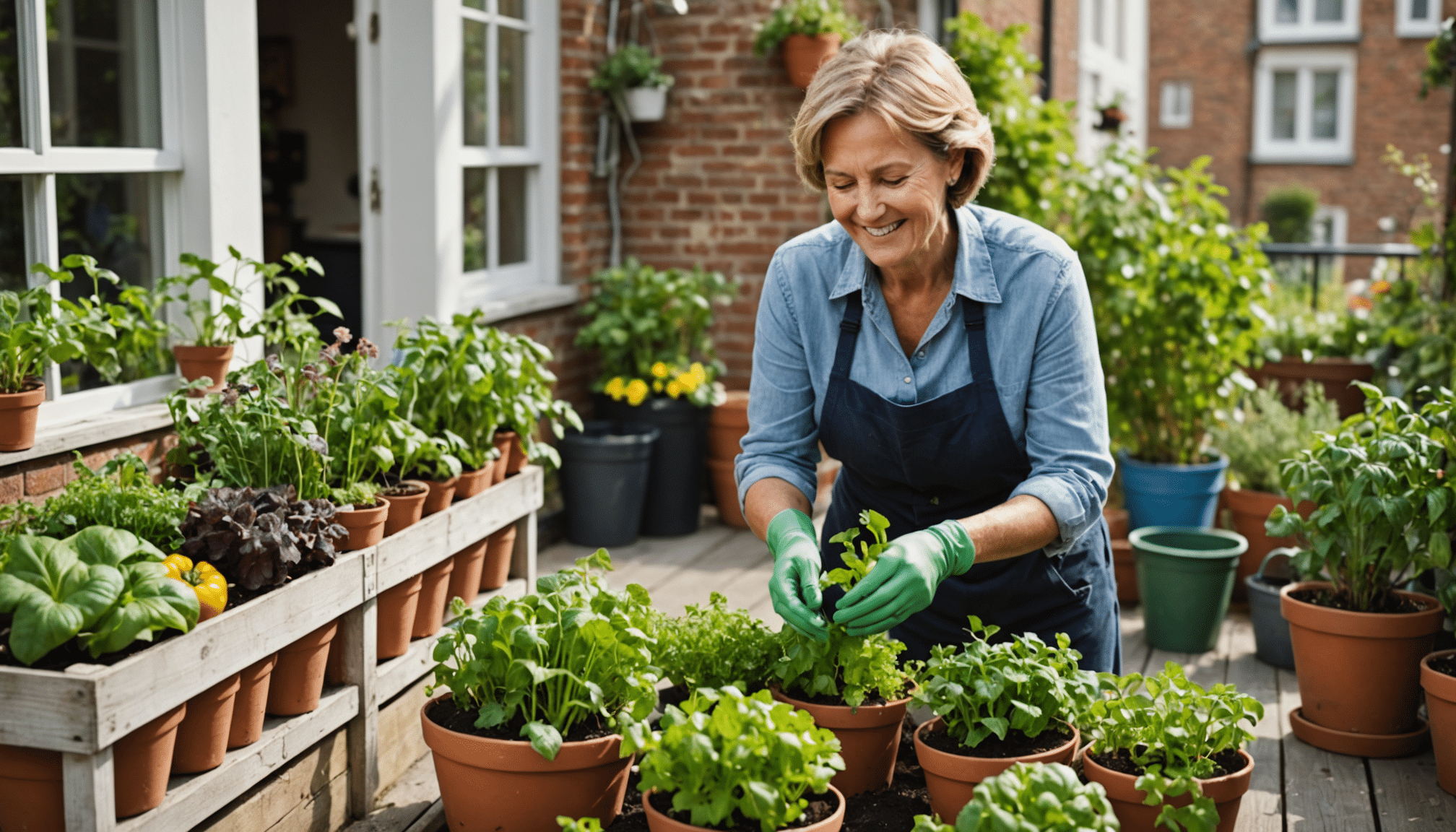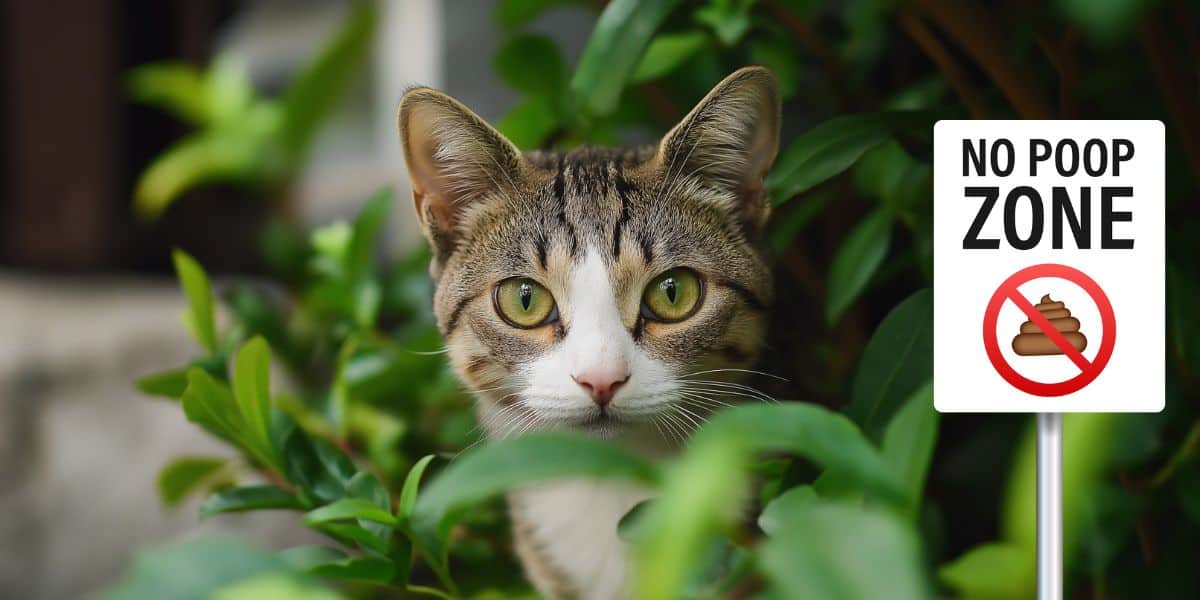The surprising comeback of carpet is a phenomenon that is reshaping modern interiors in ways that many homeowners never saw coming. With a blend of style, durability, and sustainable options, carpets are stealing the spotlight in 2025. From neutral palettes to bold colors and innovative techniques like carpet zoning, these modern styles truly change the traditional perception of carpets. Let’s explore how contemporary carpets can elevate your home and the reasons behind their resurgence.
The Renaissance of Carpet Design
Carpet is experiencing a breath of fresh air as it steps back into the limelight. It’s not just a functional flooring option anymore; it is becoming a crucial design element. Unlike the wall-to-wall, boring carpets of the past, modern carpets feature striking textures, eco-friendly materials, and innovative patterns. Designers are crafting spaces that embrace both the luxury and comfort that carpets can offer. The emergence of textured carpets has created plenty of opportunities for homeowners to express their individual styles.
Neutral Palettes: Timeless Elegance
While some are drawn to bold patterns, the appeal of neutral carpet palettes remains strong. These carpets are synonymous with timelessness. They seamlessly integrate with a variety of design styles, making them a popular choice among homeowners and decorators alike. Neutral tones not only create a serene backdrop but they also allow for pops of color from other elements in the room, whether through furniture choices or accessories.
Carpet Zoning: A New Concept
One of the most fascinating trends this year is carpet zoning. Instead of using the same style throughout your entire space, homeowners are exploring distinct areas defined by different carpet textures and patterns. Picture a stylish home office with a durable low-pile carpet, flowing into a cozy relaxation area adorned with a plush, high-pile carpet. This trend not only enhances the functionality of each space but also adds depth and interest to interiors.
Bold Colors: A Fearless Approach
If you’re feeling adventurous, 2025 is the year to embrace bold colors in your carpeting choices. Today’s carpets are not limited to muted shades. Vivid colors can create dramatic focal points and energize any room. Homeowners can choose carpets featuring geometric patterns or abstract designs that make a statement while adding sophistication. Combining these bold colors with neutral palettes can offer a perfect balance between energy and tranquility.
Eco-Friendly Options: Stylish Sustainability
In recent years, there’s been a significant shift towards sustainable home decor choices. Modern carpets are no exception. Many brands are offering carpets that are made from recycled materials or sustainable fibers, allowing homeowners to indulge in style without compromising the environment. This green trend encourages a more responsible approach to home design while still offering beautiful, functional options.
FAQ
What are the main trends in carpet design for 2025? Modern carpets are seeing a blend of textured styles, neutral palettes, bold colors, and eco-friendly materials that reflect both durability and aesthetics.
Why are neutral carpets a popular choice? Neutral tones offer timeless elegance, allowing versatility in design and making them an easy fit for various decor styles.
What is carpet zoning? Carpet zoning is the practice of using different carpet styles in distinct areas of your home to enhance functionality and design interest.
Can carpet be eco-friendly? Yes, many modern carpets are made from sustainable materials and recycled fibers, providing stylish options that also consider environmental impact.
In conclusion, the surprising comeback of carpet is redefining modern styles that can truly change your mind about this once-underappreciated flooring option. With an array of textures, colors, and eco-friendly choices, carpets are no longer a mere necessity but a recognized design element that can elevate any room. Encourage your friends to explore these innovative ideas in home decoration and return to discover more delightful articles tailored to enhance your living spaces.




